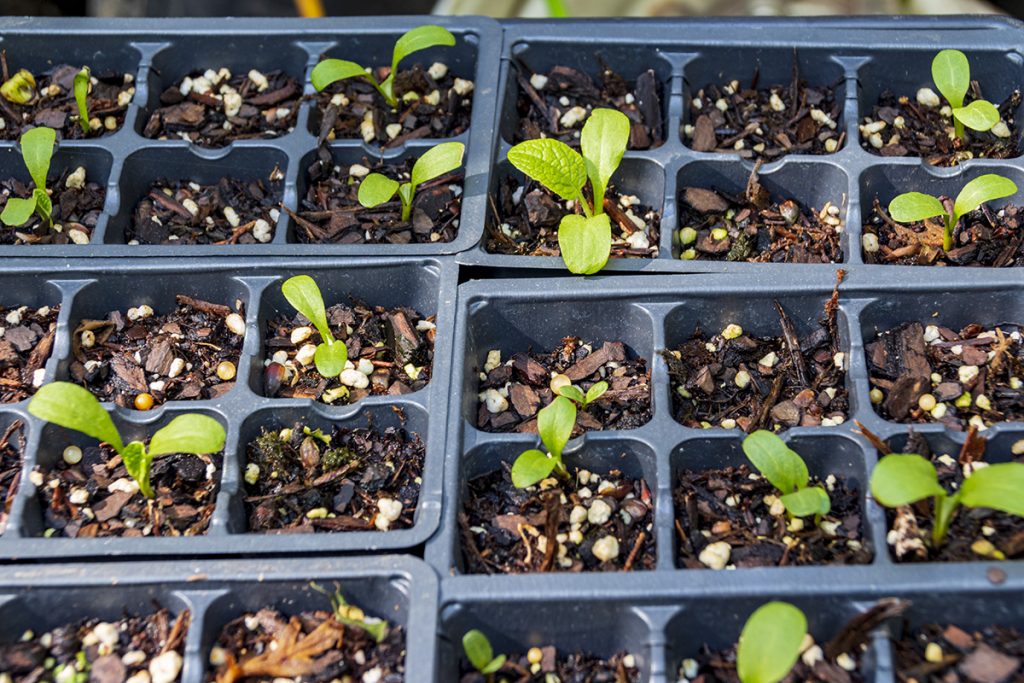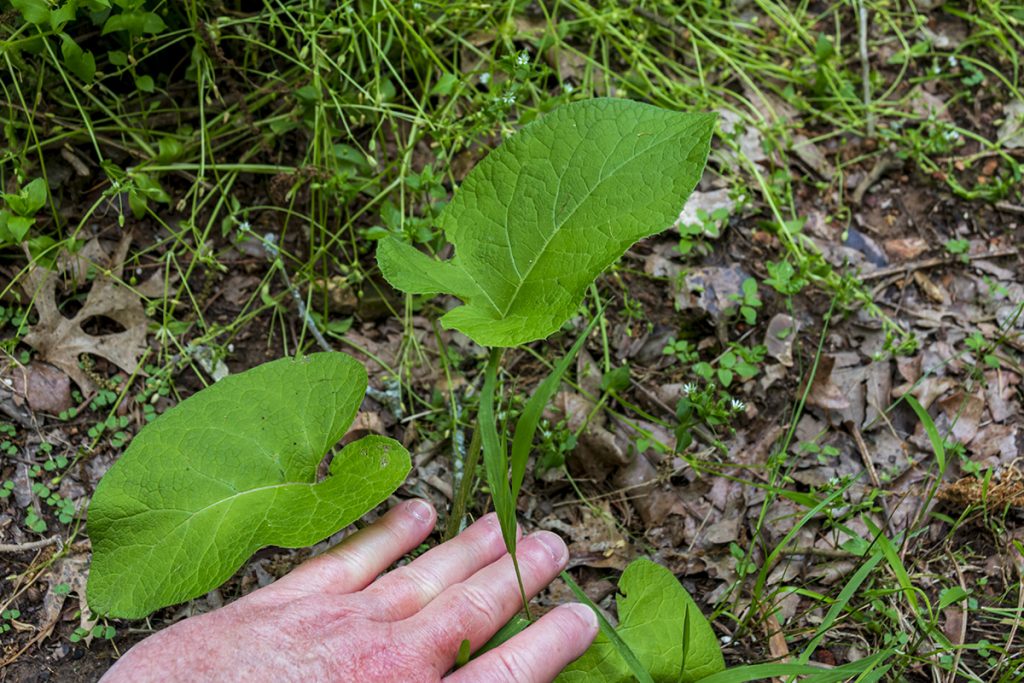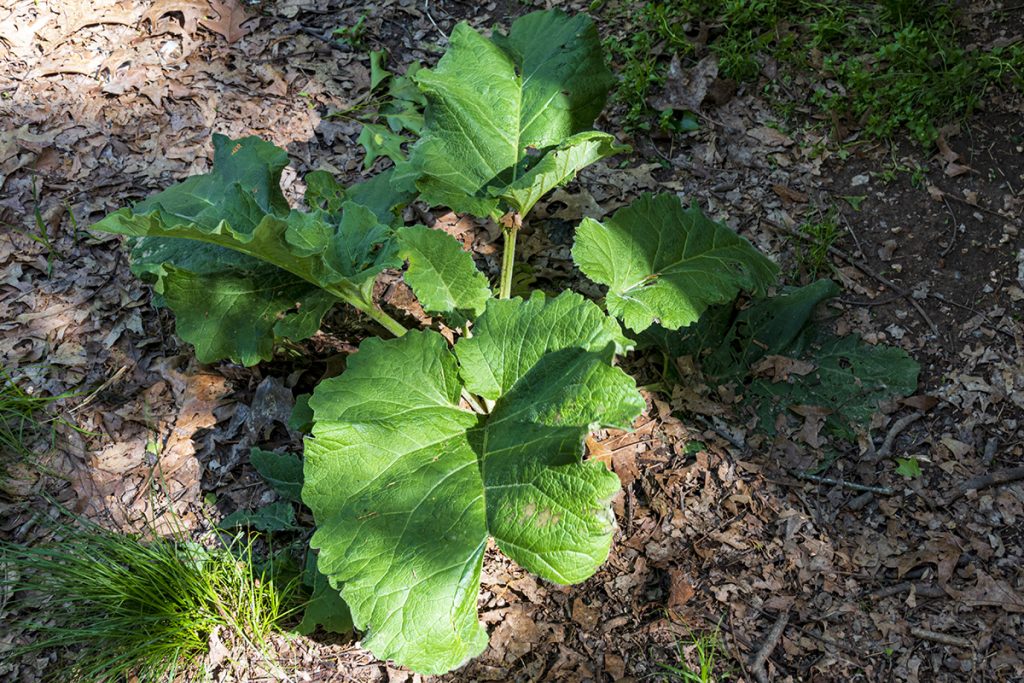Are you looking for a versatile root that can add a delicious and nutritious kick to your meals? Look no further than burdock root! This humble root vegetable has been used for centuries in traditional medicine and cuisine, and for good reason. In this article, we will explore the many benefits, from its potential to support healthy digestion and skin to its unique flavor profile. So, whether you’re a seasoned cook or just looking to mix up your diet, keep reading to discover the wonders of burdock root!
Burdock is classified as a weed by many people. It seems to be rather common in the Ozarks. But did you know the root of burdock is edible? In fact, it is quite tasty.
Burdock root also comes in prepared capsules as a dietary supplement. It is a powerhouse of nutrition and contains a host of benefits. Some of these benefits include anti-inflammatory, antioxidant, diuretic, helps to control blood sugar, antibacterial, and remove toxins from the blood.
Where to Find Burdock
Burdocks can be found in wooded areas and along fence lines, as well as in lawns and flower beds. It is quite a hardy plant and comes back annually. It adapts to grow in many soil types and can be found growing in sandy clay, moist loam, and even in the rocky soils common in a large portion of the Ozarks. For further information on Burdock, you can check out the information contained on this page. Another good source for info is this article at Happy DIY Home.
Habitat
Burdock is a hardy plant that can withstand harsh weather conditions, making it an excellent plant for a variety of habitats. It is often found in areas where other plants struggle to survive. The plant can be found in most parts of the world and can tolerate a wide range of temperatures.
Burdock’s large leaves provide shade and protection to smaller plants growing beneath it. The plant’s deep taproot can break through hard soil and bring up nutrients from deep within the ground, making it a valuable plant for soil health.
Because of its habitat preferences, burdock can be considered a weed by some gardeners. However, it can also be a valuable addition to a garden or wild space for its medicinal and culinary properties. Whether you’re looking to harvest the roots for medicinal purposes or want to add young leaves to your salad, burdock is a versatile and hardy plant that can thrive in a variety of habitats.
Culinary Use Burdock Root
This root is a versatile ingredient that has been used in many culinary traditions for centuries. Its sweet, earthy flavor pairs well with a variety of dishes, and it can be prepared in many different ways.
One of the most popular ways to enjoy it is in stir-fries and soups. It adds a unique flavor and texture to these dishes that is both satisfying and delicious. The root can also be boiled, roasted, or grilled and served as a side dish or added to salads.
In Japanese cuisine, the root is often used to make kinpira gobo, a popular side dish made with julienned burdock root and carrots sautéed in soy sauce, sake, and sugar. In Korean cuisine, the root is commonly used in soups and stews and is also pickled and served as a side dish.
In addition to its culinary uses, burdock root is also a popular ingredient in traditional Chinese medicine and is believed to have many health benefits. It is often used to treat skin conditions, digestive problems, and even cancer.
When using burdock root in cooking, it is important to choose roots that are fresh and firm. The outer layer should be peeled before cooking, as it can be tough and fibrous. Burdock root can be found in most health food stores, Asian grocery stores, or even harvested from the wild.
The root tastes somewhat like a raw peanut. After cooking, it definitely adds a nutty taste to a dish and is quite tasty.
Harvesting Burdock Root
So how do you gather and make use of this common wild edible plant? The first step is to dig up the root. We shot a video of us digging up one of the roots we used in some fried rice. The video below shows it is a little work to dig up the burdock root in the rocky soil in our area of northern Arkansas.
You can also grow burdock if you would like to grow it yourself. Sometimes this is preferable to foraging for some people. We actually started some burdock seeds in the last 2 years. We are going to try and grow some burdock roots in pots to see if they will be easier to harvest. We also planted some in the area where we had planted our wild medicinal lettuce. This will be the second year for those plants. We are also planning to grow medicinal mullein seedlings in that area.
So how do we use the root? The first step is to wash it to remove as much dirt as possible. Once the dirt removal is completed you can use a carrot peeler to remove the outer skin. You’ll be left with the off-white-colored inner core of the root. *Update- Instead of using a carrot peeler, I found that using a stiff kitchen scrubber pad works much better to remove the outer skin, and you don’t lose nearly as much of the root this way.
You can thinly slice the root and cook it in many ways. I have seen it sautéed in butter and served by itself. But it seems the most popular way to use the root is to use it to add a nutty flavor to dishes. This is the way we decided to try it. We made thin slices and added them to fried rice. The flavor was akin to adding sesame nuts to fried rice.
To learn another way to use Burdock check out our article and video on making Italian Carduni using Burdock Stems.
If you decide to try any wild edible plants for yourself be sure and make a positive identification before eating them. Burdock is one plant that doesn’t have a poisonous look-alike, so it is pretty safe for beginning foragers.
Other Recipes Using Burdock Root
Burdock and Carrot Salad
Ingredients:
1 medium-sized burdock root, peeled and julienned
2 medium-sized carrots, peeled and julienned
1 tablespoon rice vinegar
1 tablespoon sesame oil
1 tablespoon soy sauce
1 teaspoon honey
1 teaspoon grated ginger
1 clove garlic, minced
1 tablespoon sesame seeds, toasted
Instructions:
Soak the burdock root in cold water for 10 minutes. Drain and pat dry.
In a bowl, mix together the rice vinegar, sesame oil, soy sauce, honey, ginger, and garlic.
Add the burdock root and carrot to the bowl and toss to coat in the dressing.
Serve the salad garnished with toasted sesame seeds.
Burdock Root and Mushroom Soup
Ingredients:
1 medium-sized burdock root, peeled and chopped into bite-sized pieces
1 cup shiitake mushrooms, sliced
1 onion, chopped
2 cloves garlic, minced
4 cups vegetable broth
1 tablespoon olive oil
Salt and pepper to taste
Fresh parsley, chopped (optional)
Instructions:
Heat the olive oil in a large pot over medium heat. Add the onion and garlic and sauté until fragrant.
Add the burdock root and mushrooms to the pot and sauté for a few minutes until slightly softened.
Pour in the vegetable broth and bring to a boil. Reduce the heat and simmer until the burdock root is tender, about 20-30 minutes.
Season with salt and pepper to taste.
Serve the soup hot, garnished with fresh parsley.
Burdock Root and Tofu Stir-Fry
Ingredients:
1 medium-sized burdock root, peeled and julienned
1 block of firm tofu, cubed
1 red bell pepper, sliced
1 yellow onion, sliced
3 cloves garlic, minced
2 tablespoons soy sauce
1 tablespoon oyster sauce
1 tablespoon cornstarch
2 tablespoons vegetable oil
Instructions:
In a bowl, whisk together the soy sauce, oyster sauce, and cornstarch until well combined.
Heat the vegetable oil in a large wok or skillet over high heat. Add the garlic and stir-fry until fragrant.
Add the burdock root, tofu, red bell pepper, and onion to the wok and stir-fry until the vegetables are slightly softened.
Pour in the sauce and stir-fry until the sauce has thickened and coated the vegetables and tofu.
Serve the stir-fry hot over steamed rice.
You can read more about wild edible and medicinal plants in our list of articles.
FAQs:
Q: How does burdock root make you feel?
A: It has a range of potential health benefits, including promoting healthy skin, supporting liver and kidney function, and helping to manage blood sugar levels. However, individual experiences with burdock root may vary.
Q: Does burdock root fight viruses?
A: While it has been traditionally used for its antibacterial and anti-inflammatory properties, there is currently limited scientific evidence on its effectiveness against viruses.
Q: What is the best way to consume burdock root?
A: It can be consumed in a variety of ways, including cooked in soups or stir-fries, made into tea, or taken in supplement form. The best way to consume burdock root will depend on individual preferences and health goals.
Q: Is burdock root safe to eat raw?
A: While it can be eaten raw, it is generally recommended to cook it first to make it easier to digest and remove any potential contaminants.
Q: What part of burdock root is edible?
A: The root of the burdock plant is the most commonly used and edible part of the plant.
Q: Are all types of burdock edible?
A: While different species of burdock may have varying levels of edibility, the most commonly used species for culinary and medicinal purposes is Arctium lappa.
Q: How do you prepare burdock root?
A: To prepare it, wash and peel the root, then chop or slice as desired. It can be cooked in a variety of ways, such as boiling, sautéing, or roasting.
Q: What is the best way to consume burdock root?
A: The best way to consume it will depend on individual preferences and health goals. It can be consumed in various forms, including as a cooked vegetable, in teas or tonics, or in supplement form.
Q: Do you have to soak burdock root?
A: While soaking it is not necessary, some people prefer to soak it for some time to help remove any bitterness or potential contaminants.
Q: How long do you boil burdock root for tea?
A: To make a tea, boil 1-2 teaspoons of dried, chopped burdock root in 8 ounces of water for 10-15 minutes.
Q: Should you peel burdock root?
A: It is generally recommended to peel it before consuming or cooking it to remove any dirt, debris, or potential contaminants.





